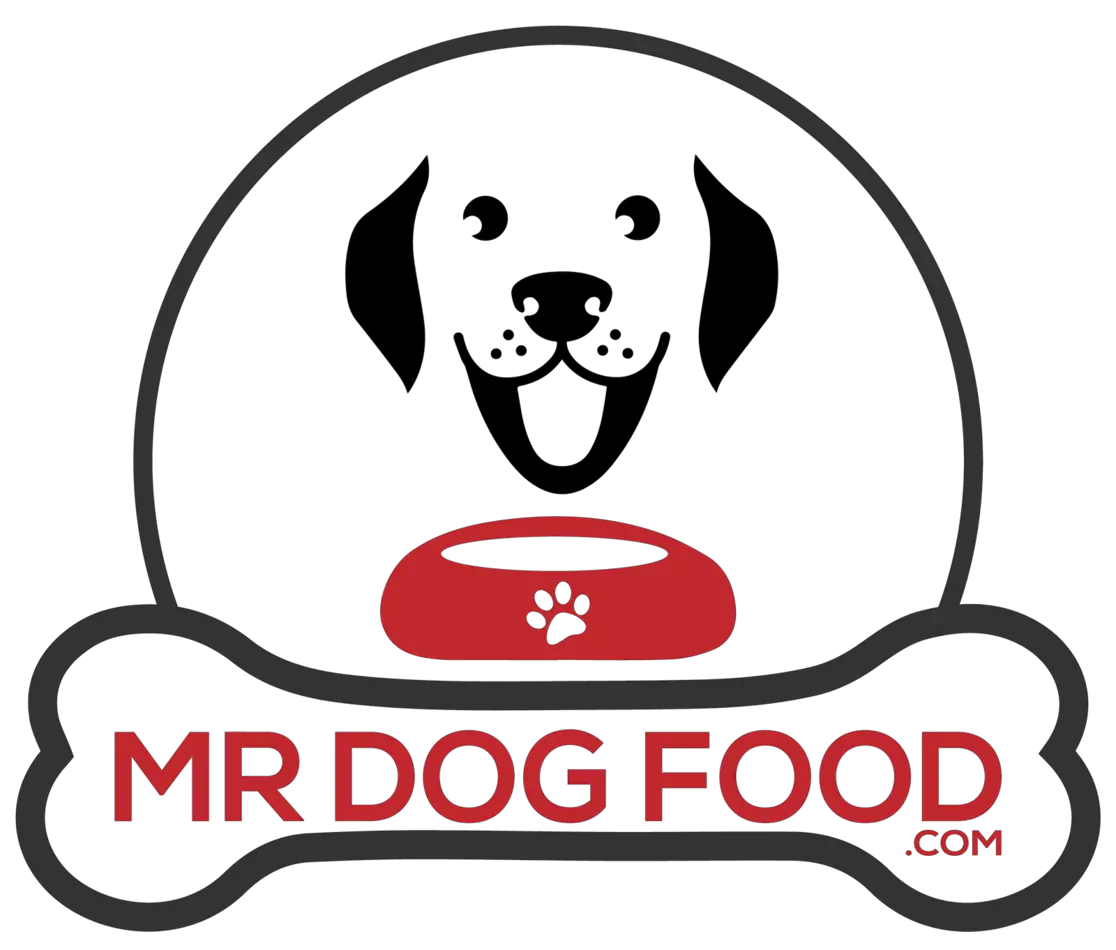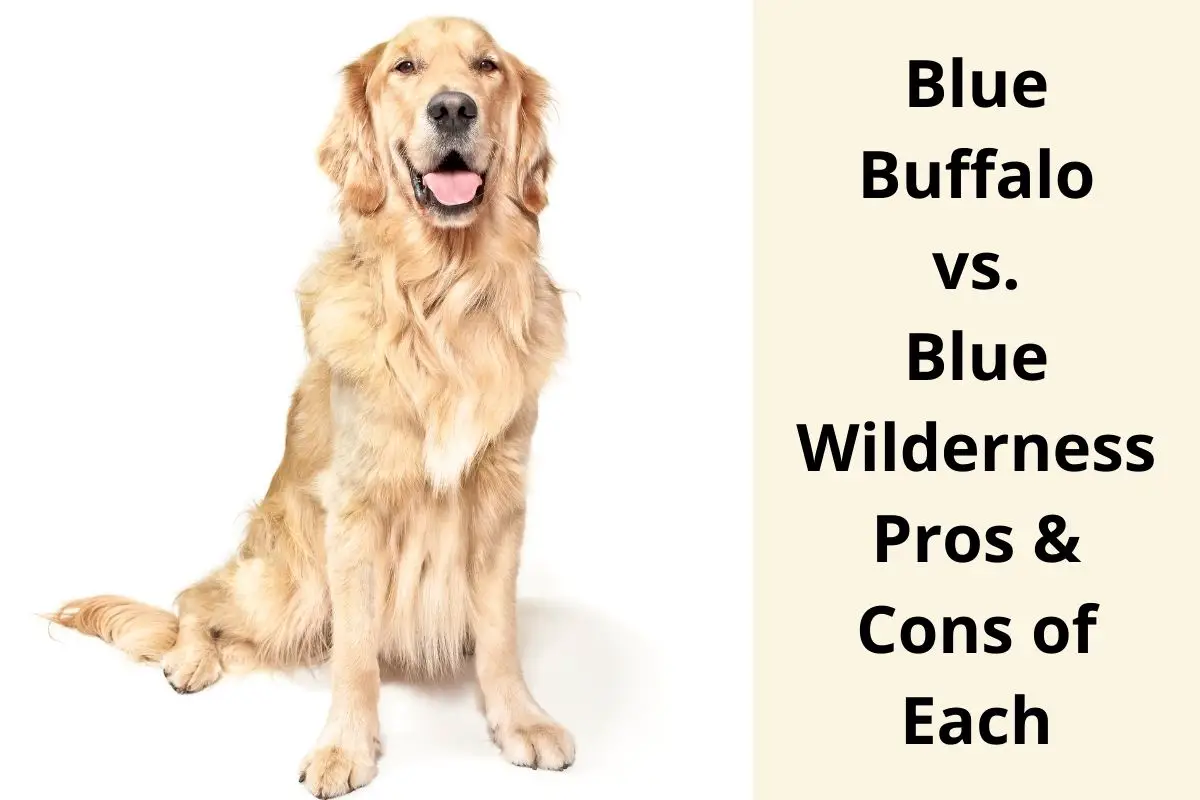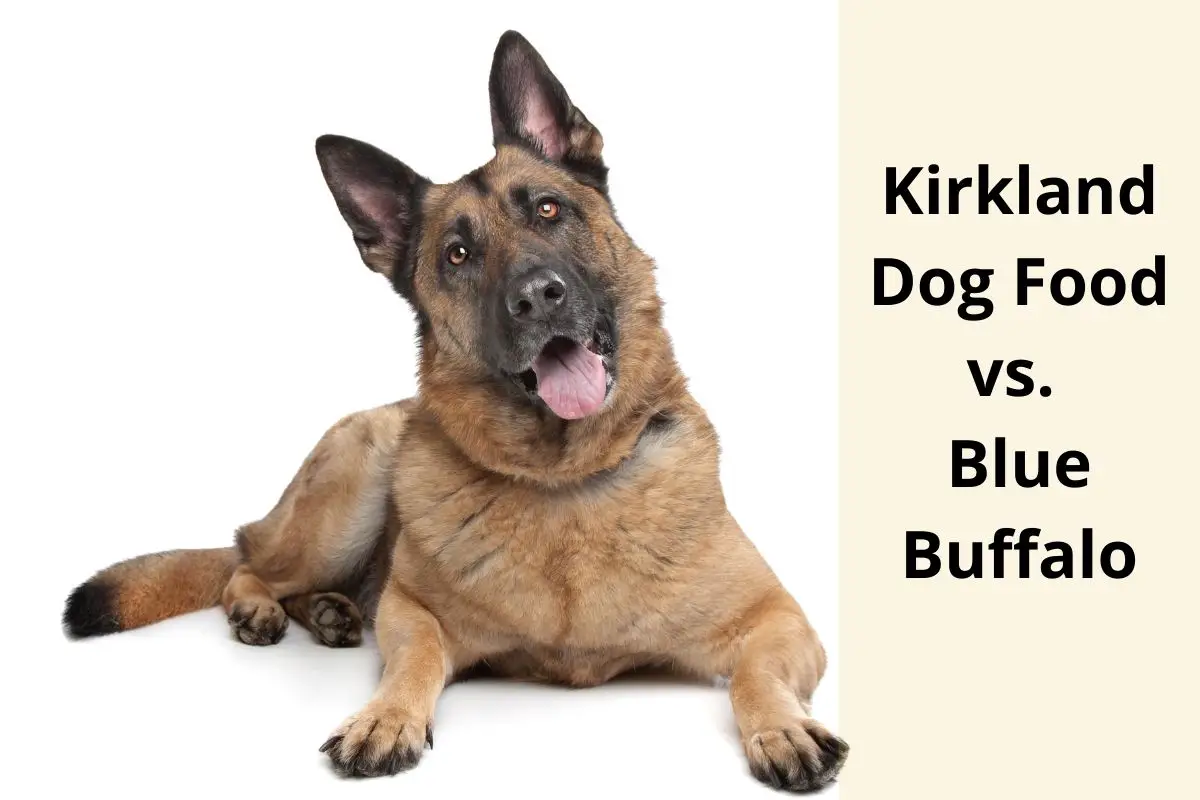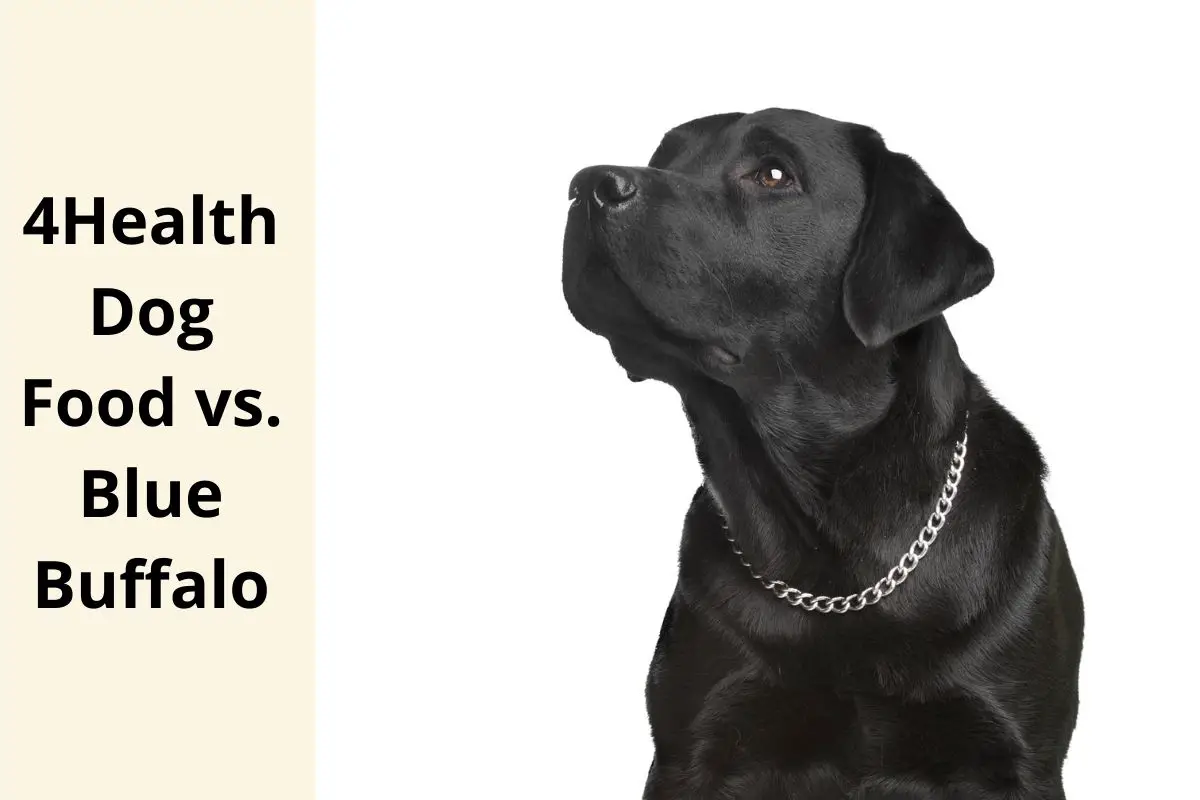This post contains affiliate links.
When we feed our dogs, it is only natural to give our pooch some variety in their diet. While variety is good for keeping your dog content, many human foods can harm dogs that you may not realize. Spam is a popular canned meat product that is generally inexpensive and provides a good source of protein, but is it a good source of food for your dog?
Spam is not a good choice of food for your dog. Processed meat contains many different additives and preservatives that are not good for dogs and humans alike. High amounts of fat and sodium are also found in Spam that can cause weight gain in addition to pancreatic and kidney problems for dogs.
Dogs need protein to maintain a healthy lifestyle, and reaching for a cheap can of Spam may seem like a great choice. This article will explore the potentially dangerous ingredients in Spam and how these substances are bad for dogs. Read on to find out why this convenient meat source is not a quality product for your pooch.
Table of Contents
Spam: An Overview
Spam has maintained its popularity since the end of the Second World War as a cheap and quick source of protein for people. The main ingredients are ground pork and ham due to the overall quickness these products can be processed.
Because the logistics of providing American troops with whole foods were impractical during the war, opening up a can of Spam became a popular way to provide quick nutrition.
Over the years, this trend has continued with consumers, especially as a staple of food sources for camping and providing a cheap meat alternative for shoppers on a budget. Spam is not high-quality food, but it has maintained a widespread perception in America as a symbol of ingenuity and resourcefulness.
Not everybody agrees, and many people just view Spam as one step above canned dog food–even though dog food may be a bit healthier than Spam.
Spam contains high concentrations of fat, sugar, salt, and a large number of preservatives. Make no mistake about–this will get you through a hunger spell, but eating Spam is not recommended on a long term basis.
Your pooch has a slightly different digestive system than you, but high concentrations of salt, sugar, and fat are just as bad for dogs as the nutrients are for humans. While it’s true that dogs do well on certain types of raw meat, processed meat can disrupt a dog’s system. Let’s take a look at how a dog’s system responds to processed meat.
Processed Meat and Dogs
Dogs love meat; in fact, dogs were programmed to enjoy meat due to thousands of years of evolution long before certain breeds became domesticated. Your dog is never going to turn away from an offering of meat because its wolf ancestors lived exclusively on raw meat from prey captured during a hunt.
Meat already contains a substantial amount of sodium in its purest form. Therefore, when we start to think about processed meat–which has added salt during production–feeding a dog more salt on top of its system is designed to handle can cause adverse health effects.
Raw meat with no added preservatives is healthy in adequate amounts for a dog’s diet, but this is canceled out with processed meat due to the oversaturation of salt and sugar. You would need to go to a butcher to ensure product wholeness and quality.
Dogs never evolved to eat cooked meat as humans did, which means dogs certainly never evolved to consume cooked meat that is then loaded with compounds to preserve the meat. Spam is loaded with preservatives and unhealthy additives; these compounds are unhealthy for humans in large amounts, which are even more unhealthy for dogs.
Even raw meat that you buy at the grocery store can be harmful to your dog due to added preservatives. Meat is heavily processed during manufacture; therefore, buying organic meat could be a good option to consider for your dog as well.
Here is a video explaining all of the human foods that are bad for dogs, including some surprising raw meat products:
Let’s take a look at each of Spam’s primary ingredients and how these ingredients impact a dog’s health.
Spam Ingredients and Their Reactions in Dogs
We all know that sugar, excess salt, preservatives, and fat can be detrimental to human health, but let’s take a look at how all of these ingredients found in Spam react within a dog.
Sugar
Sugar is one of the most detrimental substances to any living organism’s diet, and this is the same for dogs just as it is for humans. Spam uses sugar as an ingredient to make the meat more flavorful, which you may have noticed if you have ever eaten the product.
Sugar triggers the dopamine receptors in the brains of both humans and dogs. Therefore, your dog isn’t going to turn away from it.
Sugar causes two primary reactions within a dog: blood sugar spikes and weight gain. Since dogs have much smaller and less well-regulated systems than humans, even small blood sugar spikes can release dangerously high levels of insulin in a dog that can lead to diabetes and possible issues with the pancreas and the kidneys.
Sugar is also empty calories with nowhere to go in a dog’s system other than converting to fat. Having an overweight dog can be deadly and greatly diminish your dog’s overall quality of life.
Increased sleeping, irritability, and loss of interest in daily activities are common traits of an overweight dog. Sugar can also lower a dog’s immune system and disrupt the regulation of hormones in your pooch.
Salt
Sodium is an essential nutrient for dogs as it regulates fluctuations in internal fluids and is necessary to prevent blood pressure from dropping too low. Dogs have to have salt, but good brands of dog food only take extra care to include just the right amounts of salt for a dog’s diet.
Although not all dog food brands get this right, feeding a dog processed meat like Spam is undoubtedly not going to help. Too much salt intake for a dog can lead to cardiovascular disease and dangerous spikes in blood pressure.
Remember, dogs were evolutionarily programmed only to receive sodium in the smallest amounts contained in raw meat they obtained from hunting, nothing more, nothing less.
If your pooch is older, too much salt intake can be worse than what a younger dog can tolerate. Older dogs are also more susceptible to heart disease and high blood pressure due to a natural decrease in physical and mental stimulation. Too much salt can worsen the conditions that senior dogs are already prone to contracting.
Too much salt intake of your pooch can lead to possible dehydration due to an increase in urination.
Fat
As with sugar and salt, dogs need small amounts of fat to regulate bodily functions, but excessive fat is not good for dog health. Spam is loaded with fat in high concentrations since the primary ingredients are ground pork and ham.
You have probably noticed an excessive amount of congealed fat on the top of a spam loaf when you open the canister–none of this is good for dogs even if your pooch is underweight.
Excess animal fat can lead to a potentially deadly condition in dogs known as pancreatitis. This condition is characterized by the inflammation of the pancreas, which helps digest food and control blood sugar.
Because excess fat can throw the balance of a dog’s pancreas off track, this condition leads to possible side effects including:
- Vomiting
- Diarrhea
- Difficulty breathing
- Rapid heart rate
- Loss of appetite
- Loss of energy
This doesn’t typically happen in humans because we have more complex systems that can digest bad foods than what is found in the small system of a dog. The popular perception that dogs do well with eating fat is not accurate when considering a processed substance such as Spam.
Preservatives and Additives
Spam is loaded with an excessive amount of preservatives and additives to give it a more well-rounded taste. Spam was originally meant to be consumed as a type of meal replacement alternative. Therefore, taste and product longevity was always a high priority during the production process.
With this said, there are amounts of preservatives and additives in common dog food; however, most of these types of preservatives are included to preserve the fats that are contained in dog food formulations, and the addition of some of the more potent preservatives discussed below are not present at all.
Let’s take a look at some of these substances and how they can be bad for a dog’s health.
Potato Starch
Potato starch is added to Spam to increase the full feeling that comes with eating carbohydrates. With this in mind, potato starch is not even potato; it is simply the leftover substance that exists after potatoes have been processed.
This isn’t very appetizing to think about, yet this is one of the primary ingredients in Spam that qualifies the product as a balanced meal alternative.
Potato starch can throw off the balance of a dog’s overall glycemic index, causing insulin spikes that cause stress to the pancreas and possibly leading to cancer if too much potato starch is consumed. Potato starch has too many carbohydrates for your dog, and carbs are not needed at all in a dog’s diet since the primary nutrients in pet food should prioritize lean meats and vegetables.
Sodium Nitrate
Sodium nitrate is the number one ingredient in Spam used to preserve the product for an extended time. This ingredient is also used to prevent the growth of harmful bacteria in the meat. While this will not pose too many health issues in humans since we have become accustomed to eating preserved food in the last century, this ingredient is not well-tolerated in dogs.
Sodium nitrate is also found in canned dog food, but the amount is low compared to a product like Spam. When sodium nitrite combines with proteins, nitrosamines are formed.
Nitrosamine ingestion can cause cancer in animals over time, which is why a product like Spam is not good for dogs since the sodium nitrate levels are not as well regulated for dogs as seen in common canned dog food.
Nutritional Benefits in Spam for Dogs
You generally will not have to worry if you have fed your dog Spam once or twice; the problem with feeding your dog Spam is more likely to arise if you continuously feed the product to your pooch. Although Spam is not good for your dog, it has some nutrients that are beneficial to dog health.
Protein
Spam is packed with protein since the main meats used are pork products and ham. Dogs need adequate amounts of protein each day as a proper nutrient for muscle growth and brain health, as well as fulfill the main nutrient source of their evolutionary diet.
Protein forms the main component of dog food, both dry and canned. Therefore, you are giving your dog one of the nutrients it needs by feeding your dog Spam.
Fats
Although the amount of fat found in Spam is far too much for a dog, dogs must absorb and process needed vitamins. Fats bind to vitamins and minerals to aid in absorption, but an increase in fat, such as the fat found in Spam, causes your dog to get sick more than it will simply aid in nutrient absorption.
Apart from these benefits, Spam will likely make your dog happy with their food source–much like we are pleased when we eat ice cream or candy. The unhealthy substances in Spam will increase dopamine levels in your dog’s brain, making your dog feel content. Unfortunately, this is with the risk of some potential health effects.
Are All Spam Flavors Bad for Dogs?
Spam comes in many varieties and flavors, including popular flavors such as garlic or reduced-sodium. Suppose you opt to buy the reduced-sodium flavor for your dog. In that case, you are likely hoping that this will be a less unhealthy option for your pooch–but the concentrations of sodium are still going to be much too high for a dog, in addition to the other harmful ingredients discussed above.
The garlic flavor will be potentially more dangerous to your dog than the regular version of Spam. This is because garlic is toxic to dogs since it contains thiosulfate, which causes deadly damage to the red blood cells within a dog’s circulatory system, which can result in death. It is generally well-known that chocolate is toxic to dogs, and garlic can be just as potentially deadly.
There are no Spam flavors that are going to do your dog any favors, but make sure you avoid the garlic flavor at all costs.
Are Spam and Canned Dog Food the Same?
It is easy to mistake that canned dog food is virtually the same type of food and process that characterizes Spam, but this is simply not true. If your supermarket has run out of canned dog food, never substitute it with something like Spam. Spam is meant to be eaten by people, and that is why the ingredients are tailored towards human ingestion, not dog food.
Canned dog food is different depending on the company that makes it, yet it is universally practiced that certain ingredients known to be toxic to dogs are left out of the processing. Spam does not follow such guidelines when processing their product; therefore, ingredients known to cause ill-health in dogs are not left out.
There are preservatives used in canned dog food, but the level of such toxic ingredients like sodium nitrate is well below the amounts prone to health effects in dogs. Canned dog food is made to incorporate as many vital vitamins and nutrients for a well-balanced dog diet as possible, while Spam lacks additional nutrients apart from those commonly found in protein.
If you are unable to buy your dog their regular canned food at the store, opt for feeding your pooch dry dog food instead since this will be within the same health guidelines as what is seen in canned dog food. Your dog may be a bit frustrated without their favorite brand, but this is a much healthier and safer option than Spam.
Conclusion
So, is Spam a good food choice for your dog? There are just way too many potentially dangerous ingredients in Spam to qualify it as a safe food for a dog. High concentrations of fat, sugar, salt, and preservatives and additives are found in Spam. Many of the ingredients can lead to potentially deadly health effects in your pooch; therefore, Spam should be avoided at all costs.
There are no flavor varieties or types of Spam that are any less healthy for your dog since all of the basic ingredients can cause health problems.
Sources
- Michigan State University: How Spam Became One of the Most Iconic American Brands of All Time
- Oxford Academic: Evolutionary Basis for the Feeding Behavior of Domestic Dogs and Cats
- National Center for Biotechnology Information: Associations of Processed Meat and Unprocessed Red Meat Intake with Incident Diabetes
- American Kennel Club: How to Tell if Your Dog is Fat
- Dogtime: Processed Foods Are Toxic for Humans and Dogs
- WebMD: Pancreatitis in Dogs: Symptoms and Treatments
- Pet Assure: Dr. Elliot: Glycemic Levels in Dogs and Cats: Fact or Fiction?
- Wikipedia: Sodium Nitrate
- Daily Puppy: Sodium Nitrate as an Additive in Dog Food
- Wikipedia: Thiosulfate
Mrdogfood.com is a participant in the Amazon Services LLC Associates Program, an affiliate advertising program designed to provide a means for sites to earn advertising fees by advertising and linking to Amazon.com. We also participate in other affiliate programs which compensate us for referring traffic.




